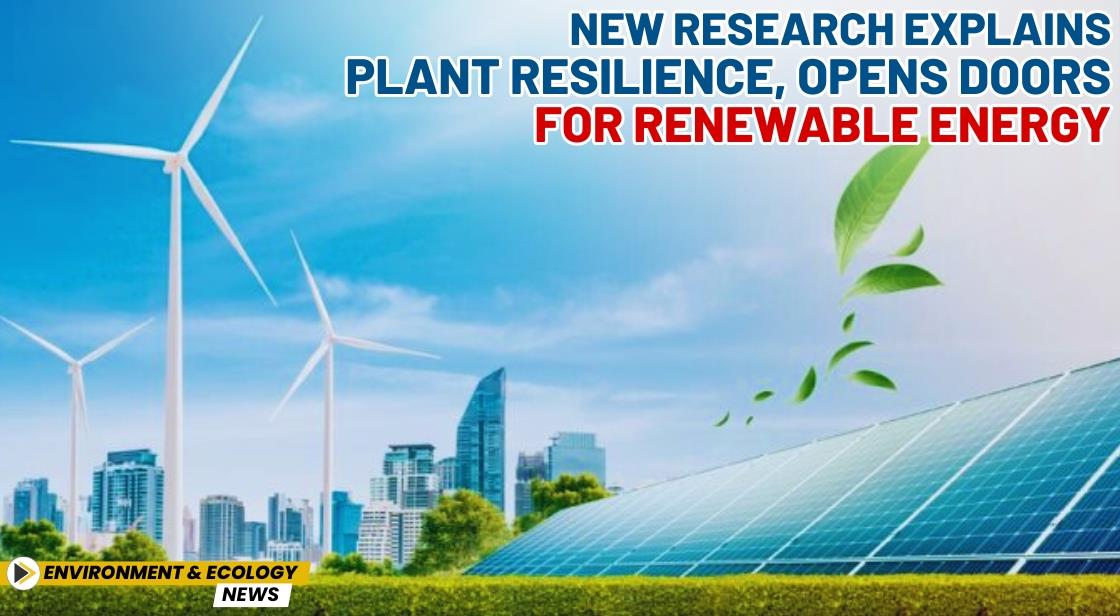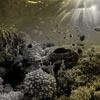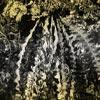New Research Explains Plant Resilience, Opens Doors for Renewable Energy

News Synopsis
A groundbreaking study published in Physical Review Fluids has provided fresh insights into how plants adapt to the force of falling raindrops. This research delves into the intricate dynamics between water droplets and leaves, uncovering mechanisms that protect plants from damage.
Titled "Resonance and Damping in Drop-Cantilever Interactions," the study suggests potential applications in agriculture and renewable energy by mimicking these natural processes.
Mechanics Behind Plant Resilience to Raindrops
Using advanced high-speed imaging, the researchers simulated the interaction of raindrops with plant leaves by studying water droplets striking a plastic beam designed to replicate the structural behavior of leaves. The study revealed that when a droplet hits a leaf, the droplet and leaf move in opposing directions, which reduces vibration and minimizes stress on the leaf.
Professor Sunghwan Jung of Cornell University's Department of Biological and Environmental Engineering explained:
"The droplet and beam move in opposing directions upon impact. This counteraction reduces vibration, offering protection to the plant."
This counteraction mechanism aligns with discrepancies previously noted in earlier research, providing clarity through an analysis of the natural frequency alignment between the droplet and the beam.
Insights into Plant Adaptation and Longevity
The research Titled "Resonance and Damping in Drop-Cantilever Interactions," further delved into how plants’ structural properties minimize stress and enhance longevity. Lead author Crystal Fowler, a doctoral candidate in biological engineering, confirmed that increased damping occurs when the natural frequency of the droplet aligns with that of the beam. Fowler noted:
"The study confirmed increased damping when the droplet's natural frequency matched the beam's. This phenomenon resulted in a faster reduction of vibrations, potentially reducing stress on plant leaves and contributing to their longevity."
These findings could reshape the understanding of water movement through forest canopies and the evolution of plant morphology.
Exploring Renewable Energy Potential
Beyond agriculture, the research team highlighted potential applications in renewable energy. Professor Jung proposed the use of piezoelectric materials in place of the beam to harness energy from rain-induced vibrations. This innovative idea could lead to the development of systems capable of generating renewable energy using rain as a power source.
A Milestone for Indigenous Representation
This study is particularly significant for Crystal Fowler, a member of the Navajo Nation, as it marks a major milestone in her academic journey. Fowler expressed her enthusiasm for exploring the intersections of biological engineering and innovative technology inspired by nature.
Broader Implications of the Research
The findings of this study not only enhance the understanding of plant resilience to environmental stressors but also pave the way for breakthroughs in agricultural techniques and renewable energy systems. By mimicking natural processes, scientists and engineers can develop sustainable solutions that benefit both humanity and the environment.
Conclusion
This innovative study bridges the gap between natural resilience and technological advancement, offering valuable insights into how plants adapt to environmental stressors like raindrops. By understanding the intricate mechanics of resonance and damping, researchers have uncovered a method that not only protects leaves but also opens exciting possibilities for practical applications in agriculture and renewable energy.
The potential to harness rain vibrations using piezoelectric materials exemplifies how nature-inspired solutions can drive sustainable innovation. As this research highlights, learning from the natural world can lead to breakthroughs that benefit both humanity and the environment, paving the way for a more resilient and resource-efficient future.
You May Like









